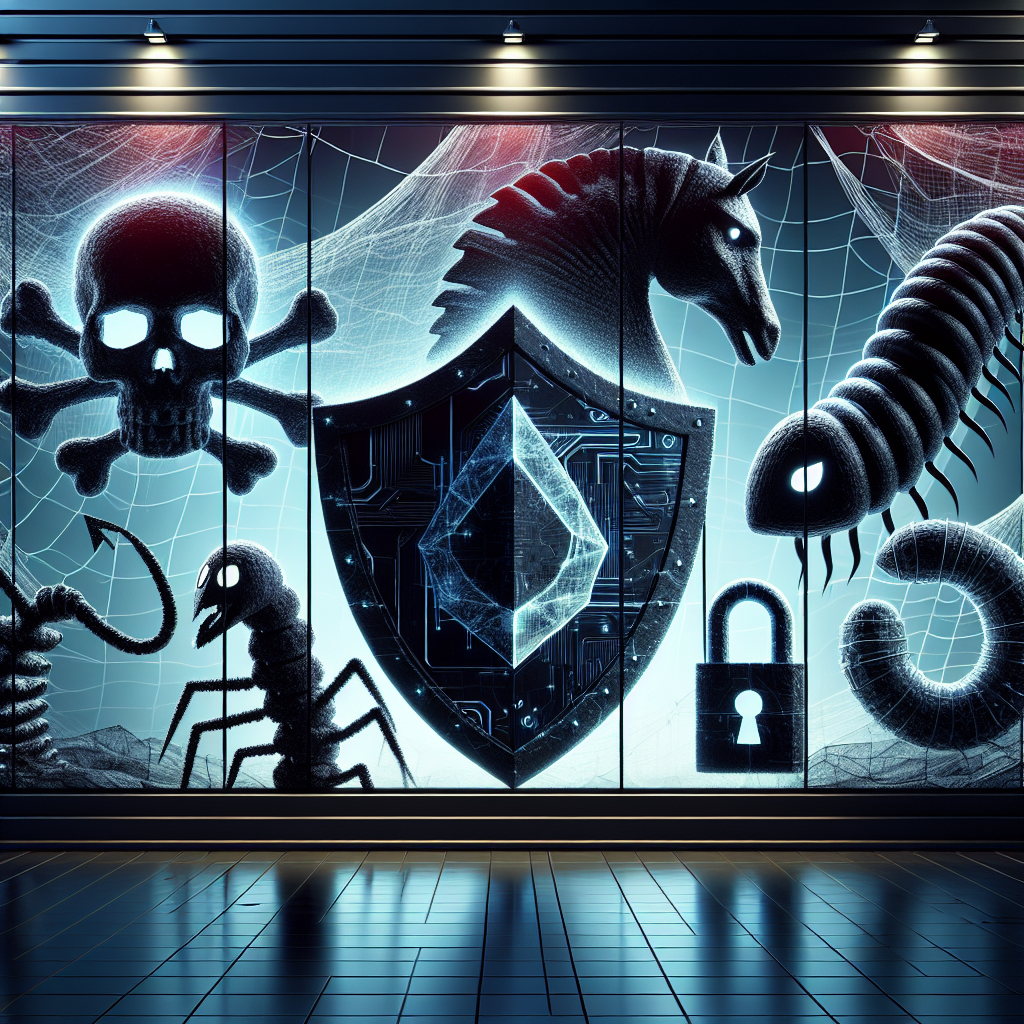In today’s digital age, cybersecurity threats have become a common concern for individuals and businesses alike. With the increasing reliance on technology for everyday tasks, cybercriminals are constantly finding new ways to exploit vulnerabilities and steal personal information. It is important to be aware of the common cybersecurity threats and take steps to protect yourself from becoming a victim.
1. Phishing Attacks:
Phishing attacks are one of the most common cybersecurity threats and involve cybercriminals tricking individuals into providing sensitive information such as passwords, credit card numbers, and social security numbers. These attacks often come in the form of emails or messages that appear to be from legitimate sources, such as banks or government agencies. To avoid falling victim to phishing attacks, never click on links or download attachments from unknown sources, always verify the legitimacy of emails before providing any personal information, and use multi-factor authentication whenever possible.
2. Malware:
Malware is malicious software that is designed to infect computers and steal information from users. This can include viruses, ransomware, and spyware. Malware can be unknowingly downloaded onto your computer through infected websites, emails, or downloads. To avoid malware infections, it is important to keep your software and antivirus programs up to date, avoid clicking on suspicious links or ads, and regularly scan your computer for any suspicious activity.
3. Weak Passwords:
Using weak or easily guessable passwords is a common cybersecurity threat that can make it easy for cybercriminals to gain access to your accounts. To avoid falling victim to password attacks, it is important to use strong, complex passwords that include a mix of letters, numbers, and special characters. Additionally, it is recommended to use a different password for each account and regularly update your passwords to ensure maximum security.
4. Unsecured Wi-Fi Networks:
Using unsecured Wi-Fi networks, such as public Wi-Fi at coffee shops or airports, can leave your personal information vulnerable to cybercriminals. Hackers can easily intercept data being transmitted over unsecured networks and steal sensitive information. To avoid this threat, it is important to only connect to secure Wi-Fi networks that require a password or use a virtual private network (VPN) to encrypt your internet connection and protect your data.
5. Insider Threats:
Insider threats are cybersecurity risks that come from within an organization, such as employees or contractors with access to sensitive information. These individuals may intentionally or unintentionally compromise data security by sharing confidential information or falling victim to phishing attacks. To avoid insider threats, it is important for organizations to implement strict access controls, monitor employee behavior, and provide cybersecurity training to all staff members.
In conclusion, cybersecurity threats are a growing concern in today’s digital world, but by being aware of common threats and following best practices for online security, individuals and businesses can protect themselves from falling victim to cybercriminals. By taking proactive steps to secure your personal information and devices, you can reduce the risk of becoming a target for cyberattacks. Stay informed, stay vigilant, and stay safe online.

